How to Identify Faucet O-Ring Sizes
A faucet may look simple on the outside, but inside it relies on several small components to prevent leaks and deliver smooth operation. Among these components, the O-ring is one of the most important. It creates a watertight seal, prevents handle wobble, stops drips, and ensures smooth movement of the faucet spout. Yet when an O-ring wears out or cracks, water can leak from the base, handle, or spout. Replacing it is usually cheap and easy—if you can identify the right O-ring size. Choosing the wrong O-ring leads to poor sealing, installation issues, and repeat repairs. In this guide, you’ll learn how to identify faucet O-ring sizes accurately, which tools to use, and how to avoid common mistakes.
Why O-Ring Size Matters
O-rings work by creating compression between two surfaces. For an O-ring to seal properly, three dimensions must fit precisely:
- Inside Diameter (ID)
- Outside Diameter (OD)
- Cross-Section Thickness (CS)
If any of these dimensions are incorrect, the O-ring may:
- Leak
- Stretch too much
- Compress unevenly
- Crack prematurely
- Fall out of its groove
Correct sizing ensures smooth faucet movement, long-lasting sealing, and leak-free performance.
Signs You Need to Identify or Replace Your Faucet O-Ring
Before learning how to size one, make sure an O-ring is actually the cause of your issue. Common symptoms include:
- Water leaking around the spout base
- A faucet spout that rotates too easily
- Stiff or squeaky handles
- Water dripping from under the handle
- A spout that wobbles or has too much play
- Visible cracks in the O-ring
If you notice any of these, it’s time to identify the correct replacement.
How to Identify Faucet O-Ring Sizes
There are several reliable ways to determine O-ring dimensions. Below are the best methods, ranked from easiest for beginners to most precise for professionals.
Method 1: Use the Original Faucet Manual or Exploded Diagram
The simplest method is checking the faucet’s documentation.
Most brands list O-ring sizes in:
- The installation guide
- The replacement parts diagram
- The model’s product page
Look for dimensions such as:
- ID (e.g., 17 mm)
- CS (e.g., 2.5 mm)
- OD (e.g., 22 mm)
- Part numbers like “#011 O-Ring” or “#116 O-Ring”
Pros:
- No measurement mistakes
- Ensures exact fit
Cons:
- Manuals may be lost or unavailable
- Some brands don’t list measurements
If you give me your faucet model, I can help find the correct O-ring size.
Method 2: Measure the Old O-Ring Directly
This is one of the most accurate methods—if the old O-ring isn’t too worn or stretched.
Tools Needed:
- Digital caliper (preferred)
- Ruler (less precise)
Measure 3 Key Dimensions:
1. Inside Diameter (ID)
Gently stretch the O-ring and measure the inner hole diameter.
This is the most important dimension.
2. Cross-Section Thickness (CS)
Measure the thickness of the rubber from inner edge to outer edge.
Common faucet CS sizes include:
- 1.78 mm
- 2.4 mm
- 3.1 mm
3. Outside Diameter (OD)
Calculated by:
OD = ID + (2 × CS)
Pros:
- Accurate
- Works for most O-rings
Cons:
- Old O-rings may be swollen or flattened
- Measurements can be slightly off if worn
If the old O-ring looks misshaped, use Method 3 instead.
Method 3: Measure the O-Ring Groove on the Faucet Spout
If the O-ring is damaged, hardened, or missing, measure the groove on the faucet spout instead. This is often more precise than measuring the rubber itself.
Steps:
- Remove the faucet spout.
- Clean the groove thoroughly.
- Use a caliper to measure:
- Groove diameter → gives the O-ring ID
- Groove depth → helps match the cross-section
- Groove width → ensures the O-ring won’t bind
Pros:
- Perfect measurement even with bad O-rings
- Doesn’t rely on guessing
Cons:
- Requires caliper
- Requires access to the spout or handle assembly
Method 4: Compare with a Metric/Standard O-Ring Chart
O-rings follow standardized sizes such as:
AS568 (Imperial sizes)
Common in American faucets (Moen, Delta, Peerless).
O-ring numbers like 013, 014, 117 indicate standardized sizes.
Metric O-Rings
More common in European and Asian faucets.
How to Use the Chart:
- Measure ID and CS
- Match them to chart values
- Choose the closest exact match
Pros:
- Works for nearly any faucet
- Helps avoid non-standard O-rings
Cons:
- Requires careful measurement
Method 5: Take the O-Ring to a Hardware Store
Most hardware stores carry O-ring sizing boards or bins where you can test-fit O-rings.
Steps:
- Bring the old O-ring.
- Match it on their sizing board.
- Select the closest standard size.
Pros:
- Easy for beginners
- No tools required
Cons:
- Some stores only carry limited sizes
- Can be hard to match worn O-rings
Tips for Choosing the Correct Replacement O-Ring
1. Don’t choose an O-ring that feels “almost right”
If it’s too tight, the spout won’t move.
If it’s too loose, it will leak.
2. Use faucet-safe materials
Choose:
- EPDM (best for water)
- Nitrile (good alternative)
- Avoid silicone O-rings (too soft for most faucets)
3. Lubricate the O-ring before installation
Use plumber’s grease, never petroleum jelly.
Lubrication prevents:
- Tearing during installation
- Friction wear
- Stiff spout movement
4. Replace all O-rings at once
If one has failed, the others may be worn too.
Final Thoughts
Identifying the right O-ring size for a faucet doesn’t have to be confusing. With a few simple tools—like a caliper or a sizing chart—you can measure the O-ring or the faucet groove and match it accurately. Whether you use the old part, check the manual, or bring it to a hardware store, the key is precise measurement. The better the fit, the longer your faucet will stay leak-free and smooth-operating. By choosing the correct size and installing it properly with the right lubricant, you can restore your faucet to like-new performance and avoid unnecessary leaks or repairs.
 WOWOW Faucets
WOWOW Faucets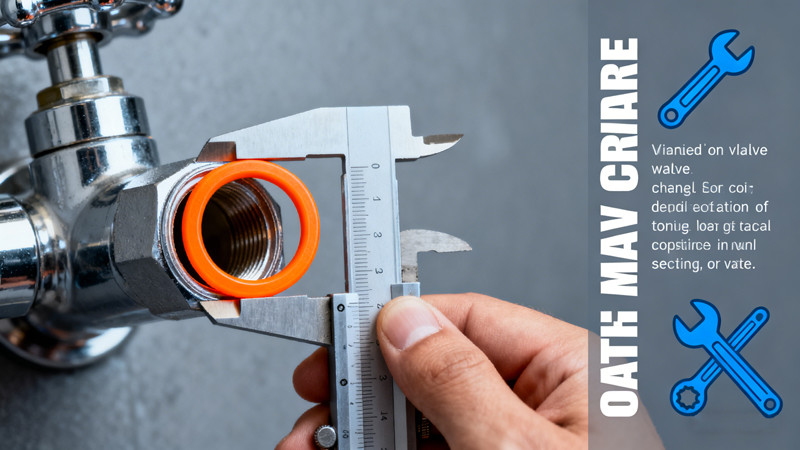

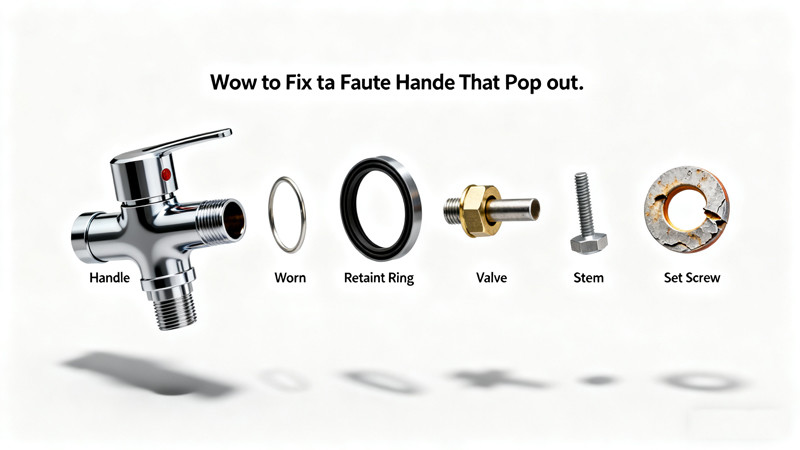
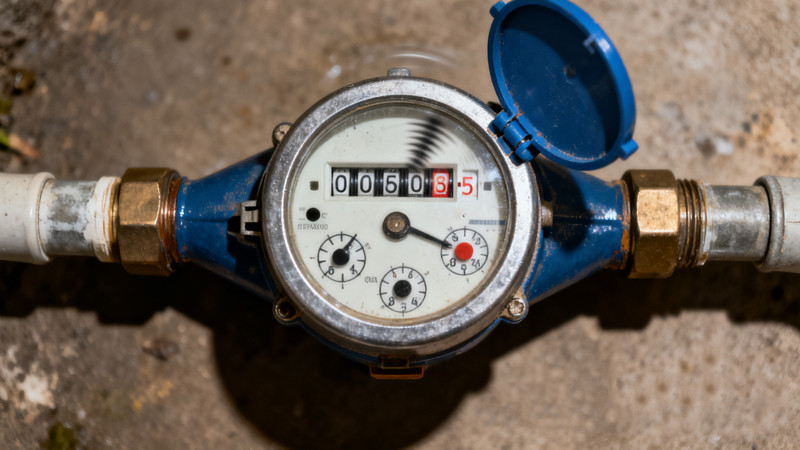
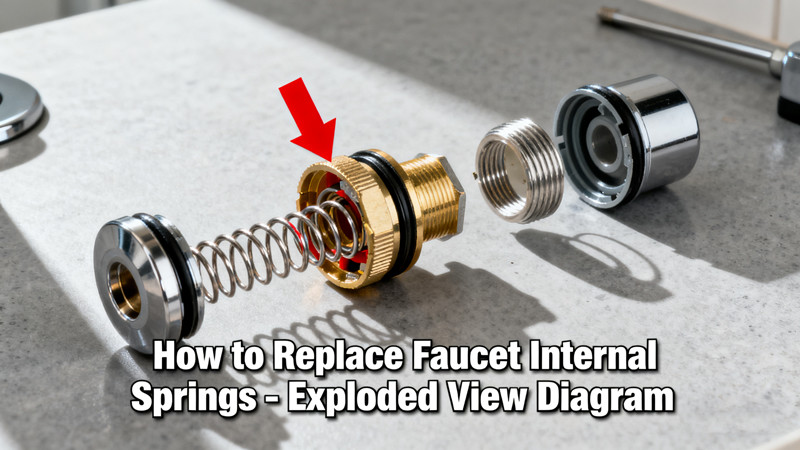
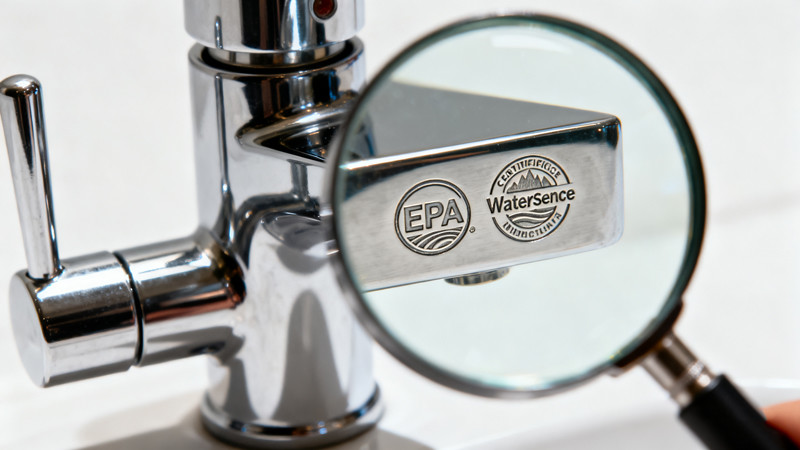
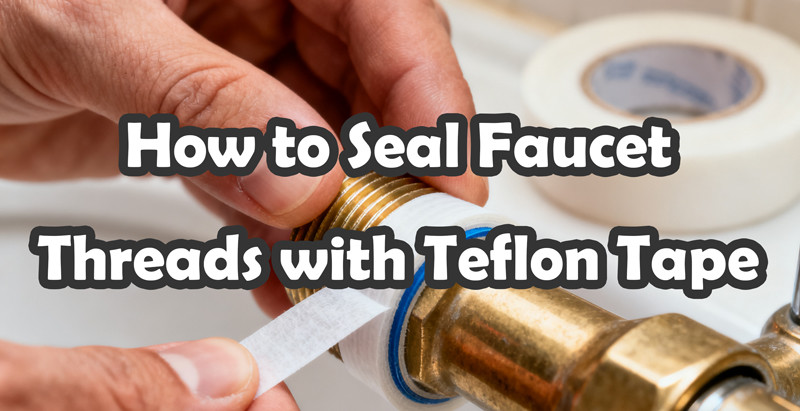
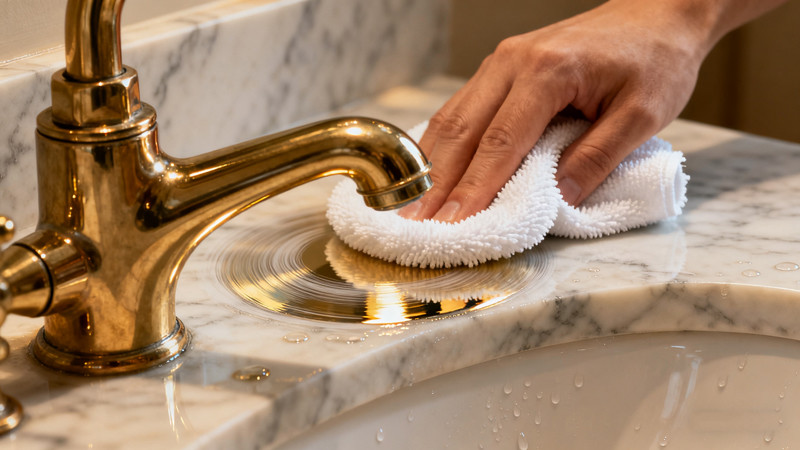
您好!Please sign in